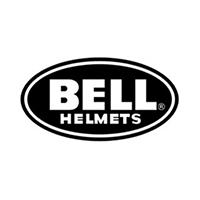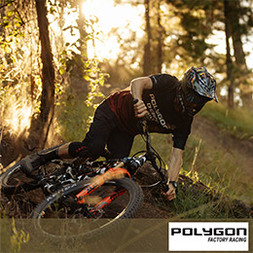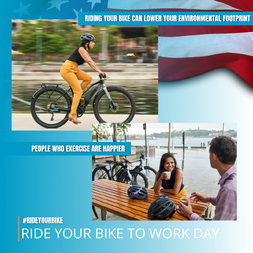How Much Suspension Travel Do You Need?
.jpg)
How much suspension travel do you need?
Deciding on the correct amount of travel can make or break a ride. Too much, and your bike makes your bike feel lethargic and uninspiring on the flat stuff. Too little travel may result in a bike that isn’t up to your riding level. In this blog, we are talking about travel and how it will affect your ride.
.jpg)
What is Travel?
“
More travel often leads to increased traction and confidence when traveling downhill through crazy terrain at the speed of sound.
Suspension travel refers to how much a wheel moves up and down over rough terrain. Travel can range from 80mm on an xc bike to 200mm on a big downhill speed machine on mountain bikes. Less travel usually means a bike is more efficient on the climbs, and the suspension doesn't suck up the pedal power as much. More travel often leads to increased traction and confidence when traveling downhill through crazy terrain at the speed of sound. In this blog, we are going to look at how much travel you need for your riding.
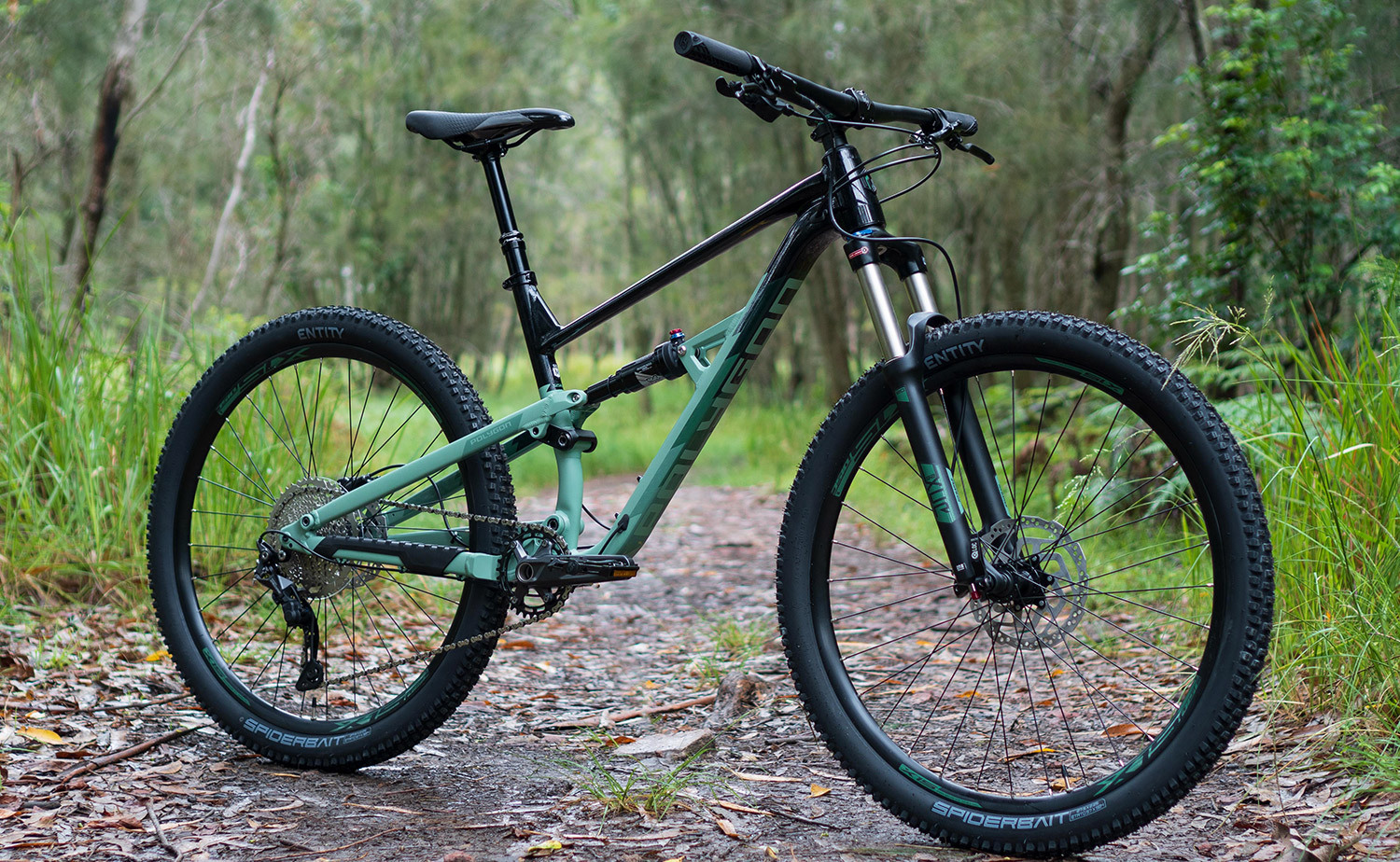
Short Travel?
“
On flatter, smoother trails, smaller travel bikes can hold speed easier and react more to pumping through rollers.
For riders looking for maximum efficiency, an agile ride, and a bike that translates rider input to the trail, less travel is the ticket. With 80-110 mm of travel, the bike feels less like a magic carpet over roots and rocks. It requires more rider input to be ridden fast on technical trails. The flip side is, if you are a rider that likes to jump around and play around on the bike, less travel can help. On flatter, smoother trails, smaller travel bikes can hold faster and react more to pumping through rollers. If you want to get on a little travel fun, efficient bike, click on the link here.
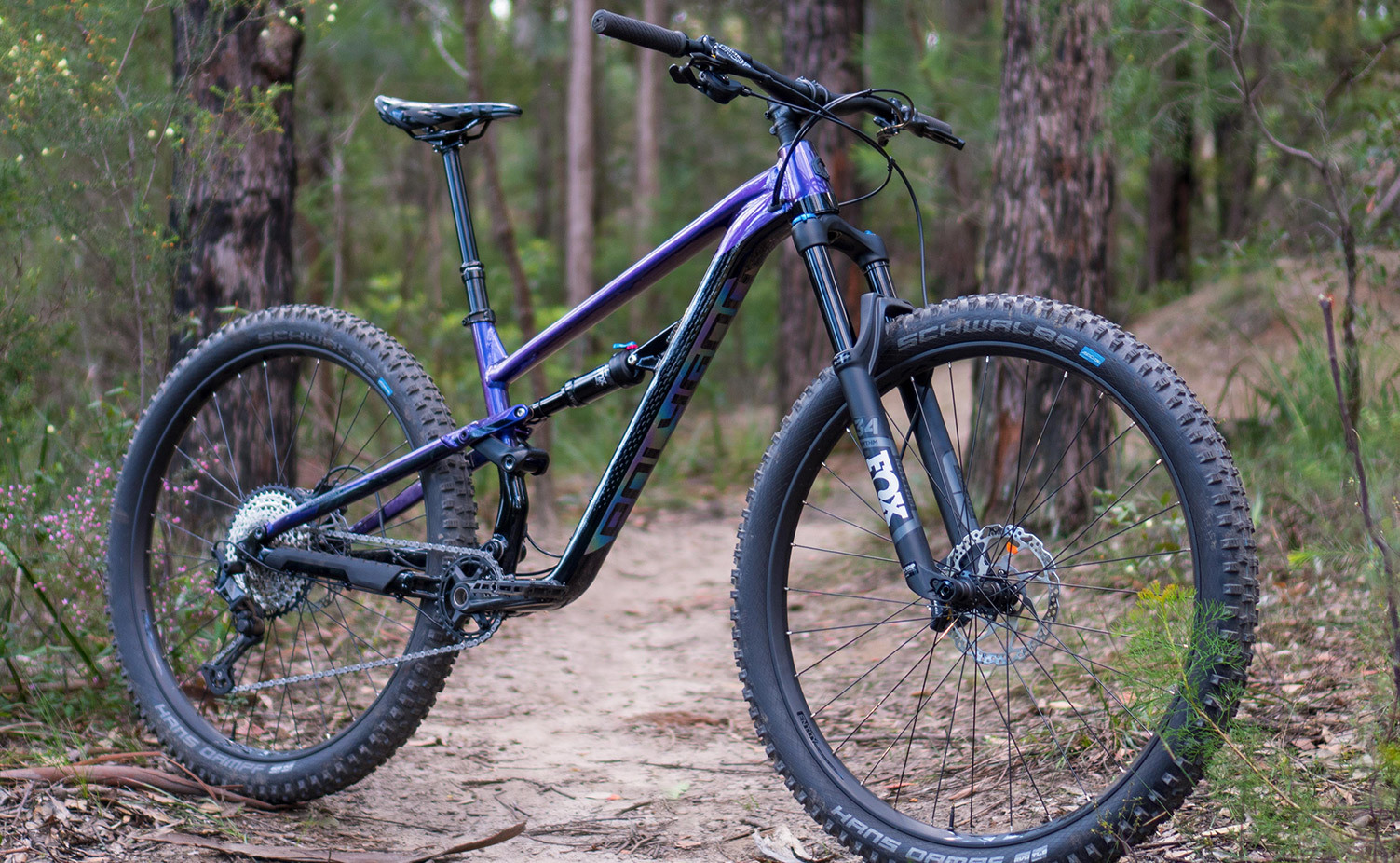
Mid Travel
“
While they are still agile compared to a big travel bike, the extra 20mm of travel compared to an XC bike can help a rider in the “uh oh” moments.
Mid-travel bikes have 120-140mm of travel and are perfect for riders looking to ride a bit of everything. They aren't the most efficient on the climbs, they require a bike of extra skill and rider input for the downs, but they will ride everything well. While they are still agile compared to a big travel bike, the additional 20mm of travel compared to an XC bike can help a rider in the "uh oh" moments. 120-140mm travel bikes absorb the rough stuff a lot better and give riders a playful bike to jump around on. Check out our range of mid-travel bikes here.
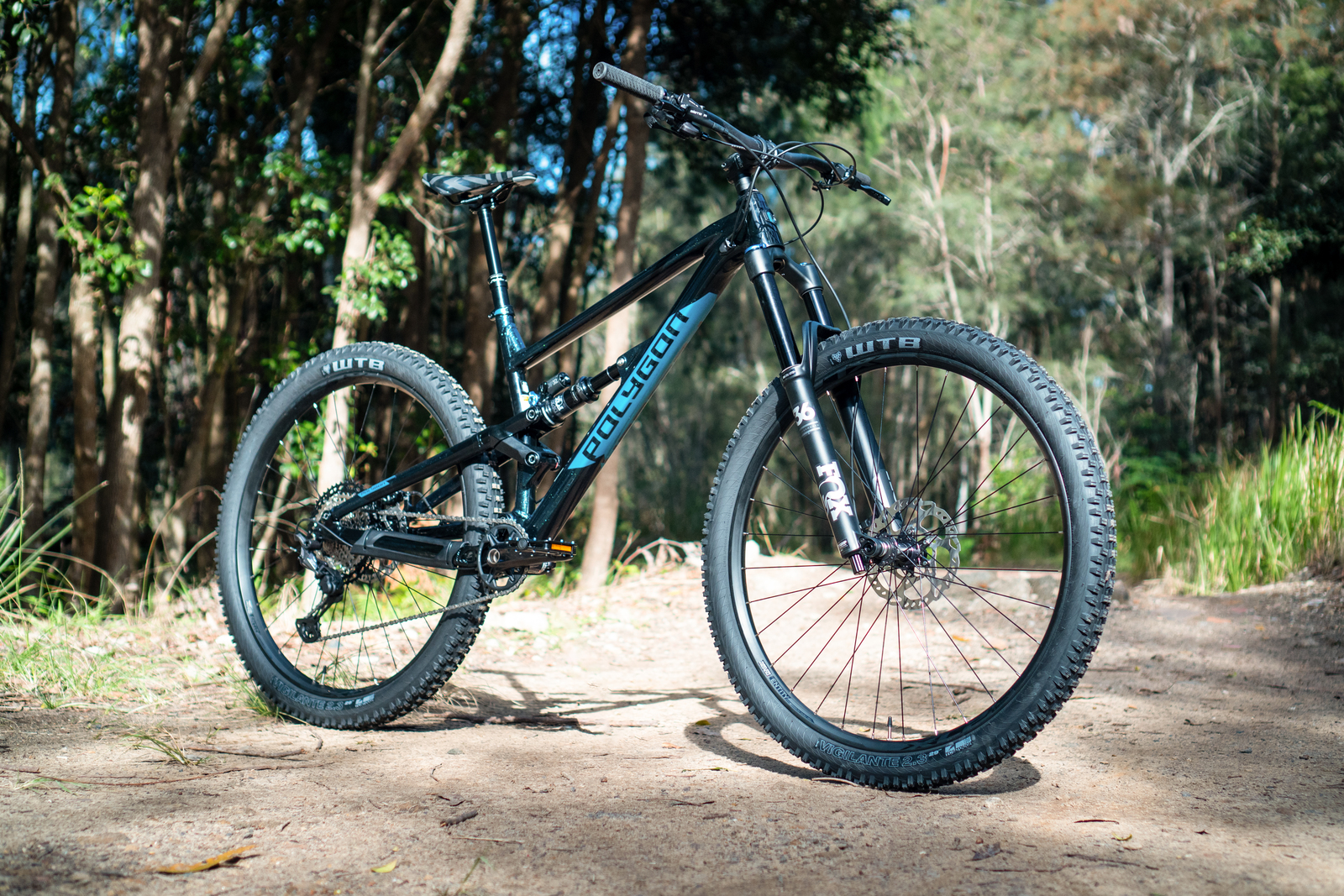
Long travel
Long travel bikes with 160-180mm of travel are the pinnacle of going downhill fast while still climbing up a mountain. With tonnes of traction, travel to take the big hits, and plenty of cushion to cover up over ambitious lines, a rider's confidence goes through the roof. The faster a bike hits a rock, root, or whatever is in front of the bike, the more travel the bike will use. More travel allows the wheel to move over bigger obstacles without rider input.
“
With tonnes of traction, travel to take the big hits, and plenty of cushion to cover up over ambitious lines, a rider's confidence goes through the roof .
Riders will experience less fatigue as there is less rider input to go fast. The downside to more travel is the bikes can feel lethargic under power or rider input. Cornering and pumping require more body language to gain speed. Climbing is a challenge due to extra weight and the suspension absorbing pedal power. All of this is made up for when you point down a hill and can't wipe the smile off your face. Get on your big travel bike now by clicking here.
Downhill
“
If you have shuttles or chair lifts in your area and want to go as fast as possible back down, this amount of travel is perfect for you.
190-200mm of travel is for pure downhill speed. Pedaling efficiency is terrible for getting up a hill. The wheels move up and over obstacles easily, and the rider can push harder on the downs. There is tonnes of traction for braking and changing direction, even on the craziest trails. If you have shuttles or chair lifts in your area and want to go as fast as possible back down, this amount of travel is perfect for you. Pure race bikes have this much travel as they provide maximum confidence at speed down a hill. As they are specialist bikes, there are a limited number of riders that require these bikes.
“
Here at Bikes Online, we find that choosing a bike with the least amount of travel for your required terrain will often lead to the best all-round package.
Suppose you are focused on efficiency, agility, and ride with a lot of rider input. In that case, smaller travel bikes are for you. If you are charging hard and racing downhills, then long travel or DH bikes are for you. Riders with more skill and abilities can often benefit from the efficiency of a mid-travel bike downhill. Still, fatigue is increased due to more rider input. Bigger travel bikes require more information to change direction or maneuver, so it benefits a relaxed riding style. More travel can also mask mistakes and inspire confidence for beginner riders going downhill. Just remember that more travel isn't always better; here at Bikes Online, we find that choosing a bike with the least amount of travel for your required terrain will often lead to the best all-around package if you want to learn more about what bike suits you, reach out to our team or read through our educational blog posts.
Leave a comment
- Training Tips for a Beginner Cyclist
- Industry Reviews
- The Bicycles Online's Company Fitness Challenge
- Worth-it Blogs EP#2: Hardtail Hitters
- Pinned With Polygon | The gang goes to Crankworx
- EWS #5: Burkville
- Sustainable Strategies
- Commuter Bike Guide
- Worth-it Blogs EP#3: Budget Hardtail Upgrades
- Drop bar Buyer's Guide
- Bikepacking 101
- Bikes Online Does Sea Otter
- Mountain Bikes Buyer's Guide
 USA
USA AUS
AUS








